The “Handbook of Occupational Dermatoses” is a specialized resource focusing on dermatological conditions arising from occupational exposures. These exposures can include chemicals, physical agents, biological agents, and other environmental factors encountered in the workplace. This handbook, part of the “Updates in Clinical Dermatology” series, provides essential information for healthcare professionals, occupational health practitioners, and individuals involved in workplace safety.
Key features of the “Handbook of Occupational Dermatoses” may include:
- Comprehensive Coverage: The handbook covers a wide range of occupational dermatoses, including contact dermatitis, irritant dermatitis, allergic dermatitis, occupational acne, occupational urticaria, photodermatoses, and other skin conditions related to specific occupations or industries.
- Epidemiology and Risk Factors: It provides insights into the epidemiology of occupational dermatoses, including prevalence rates, occupational groups at risk, and common causative agents encountered in different industries. Understanding the risk factors associated with specific occupations is crucial for preventive measures and early intervention.
- Pathophysiology and Mechanisms of Injury: The handbook discusses the pathophysiological mechanisms underlying various occupational dermatoses. It explains how occupational exposures lead to skin damage, inflammation, and immune-mediated reactions, contributing to the development of dermatological conditions.
- Clinical Presentation and Diagnosis: Detailed descriptions of the clinical presentation of different occupational dermatoses are provided, along with guidance on diagnostic evaluation and differential diagnosis. Recognizing characteristic features and patterns of skin lesions is essential for accurate diagnosis and appropriate management.
- Prevention Strategies: The handbook emphasizes the importance of preventive measures in reducing the incidence of occupational dermatoses. It discusses strategies for hazard identification, risk assessment, exposure control, personal protective equipment (PPE) use, and workplace safety practices to minimize occupational skin hazards.
- Management and Treatment: Practical recommendations for the management and treatment of occupational dermatoses are included. This may encompass pharmacological therapies, topical treatments, emollients, avoidance measures, and counseling on skin care practices for affected individuals.
- Legal and Regulatory Considerations: The handbook may address legal and regulatory aspects related to occupational dermatoses, including occupational safety and health regulations, workers’ compensation claims, disability accommodations, and employer responsibilities in ensuring a safe work environment.
- Occupational Dermatology in Specific Industries: Specialized chapters may focus on occupational dermatoses prevalent in specific industries or occupations, such as healthcare, manufacturing, construction, agriculture, food processing, hairdressing, and cleaning professions.
Overall, the “Handbook of Occupational Dermatoses” serves as a valuable resource for healthcare professionals and occupational health practitioners involved in the prevention, diagnosis, and management of skin conditions arising from occupational exposures. Its practical guidance, evidence-based recommendations, and emphasis on workplace safety make it an essential reference in the field of occupational dermatology.

 Anaesthesia books
Anaesthesia books Behavioral Science Books
Behavioral Science Books Cardiology Books
Cardiology Books Obstetric and Gynecology
Obstetric and Gynecology AMC Books
AMC Books Prepladder Notes
Prepladder Notes Stethoscope
Stethoscope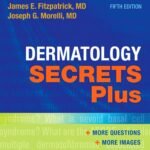 Dermatology Books
Dermatology Books Neurosurgery Books
Neurosurgery Books Dentistry Books
Dentistry Books ENT Books
ENT Books Anatomy Books
Anatomy Books Biochemistry Books
Biochemistry Books Biostatistics Books
Biostatistics Books Plab Books
Plab Books Radiology Books
Radiology Books Surgery Books
Surgery Books
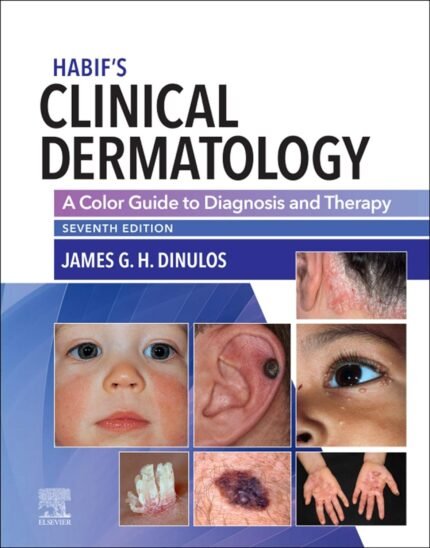
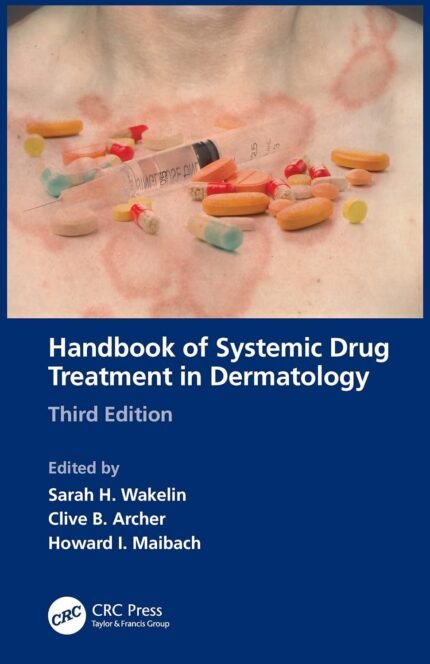






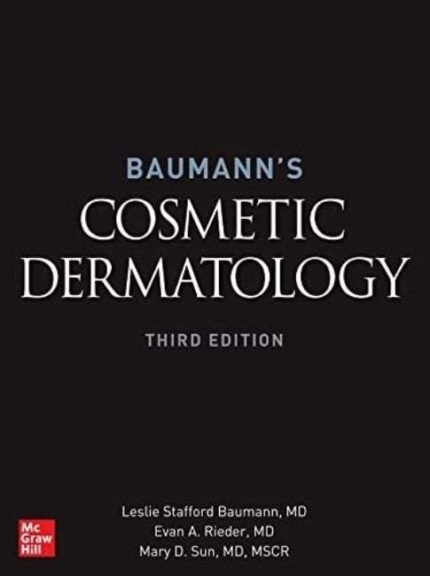
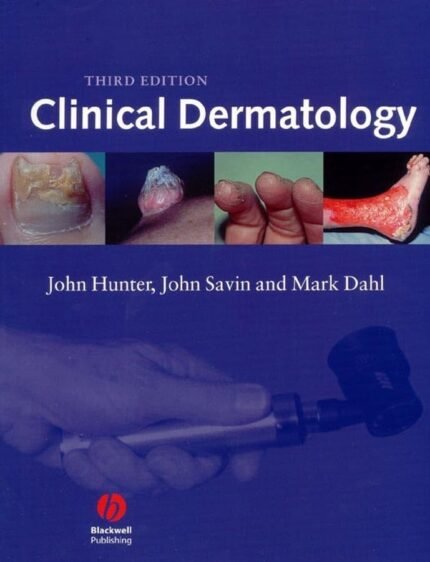
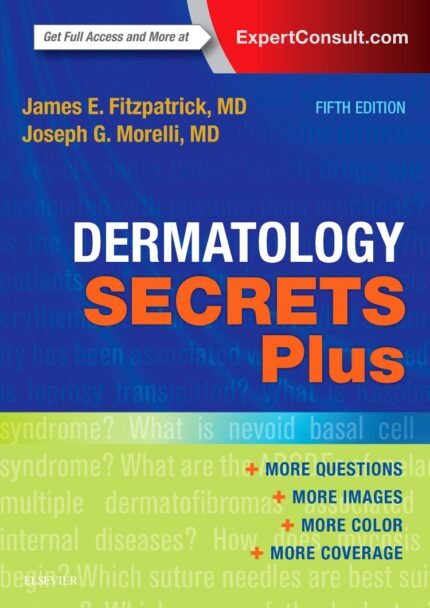

Reviews
There are no reviews yet.